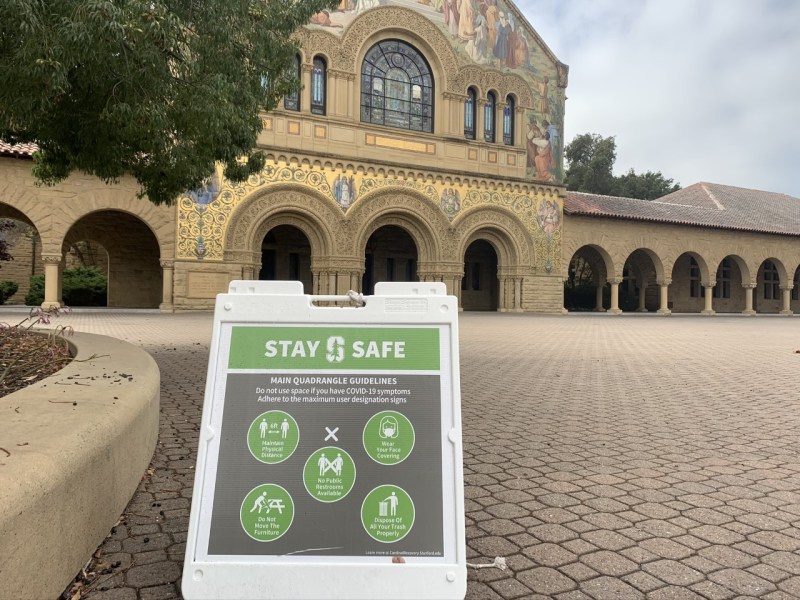Stanford scientists interviewed by The Daily say they believe the University’s plan to bring students back for winter quarter is safe, but warn that off-campus travel and potential “superspreader” events like parties could still pose dangers to students.
In a Monday email sent by Provost Persis Drell, the University announced that it will follow through with its decision to allow all frosh and sophomores to reside on campus during winter quarter.
The announcement comes less than a month after Santa Clara County entered the Purple Tier, the most restrictive COVID-19 tier designation. In response, the University will require all students to arrive on a staggered schedule to reduce contact while administering two COVID-19 tests upon arrival.
The measures that Stanford has in place “would have an important impact on success,” said Dr. Shashank Ravi ’10, a clinical assistant professor in emergency medicine at Stanford Hospital and Clinics.
In particular, experts singled out a focus on consistent testing.
“I believe this testing emphasis, along with a strong emphasis on individual student responsibility to not gather, will be vital for the University plan to be successful,” Ravi said.
Dr. Julie Parsonnet, a professor in medicine, infectious diseases, epidemiology and public health at Stanford Hospital and Clinics, agreed, saying, “I think the risks of returning to campus are small if students are tested frequently and follow the rules as much as possible.”
Parsonnet also referenced a study that concluded some students are safer on campus than they are at home.
“After all, home is not perfectly safe either,” she said.
Despite supporting the University’s move-in measures, Ravi is still concerned about students traveling off campus into the surrounding areas.
“Once the incidence of the virus reaches a certain threshold in the community, anything short of a complete stay at home, even after two weeks, may be necessary,” he said.
“Having been an undergraduate student at Stanford, I definitely can appreciate the importance of learning communities both inside and outside the classroom for education, mental health and physical health,” Ravi continued. “The risks are real, however.”
According to Parsonnet, the largest potential threat to students’ health would be a “superspreader” event like a large indoor party. The majority of individuals typically don’t transmit the virus very efficiently, she said, but just one big party with a superspreader in attendance can cause considerable damage.
However, with compliance to University guidelines and the campus compact, frequent testing and student responsibility, experts say risks will be minimized and campus life will advance one step closer to pre-COVID times.
“I believe Stanford’s plan is safe,” said Dr. Dean Winslow, professor of hospital medicine at the Stanford University Medical Center. “I believe that this is a thoughtful plan that is supported by science.”
Contact Tanya Fedak at tfedak03 ‘at’ gmail.com.
